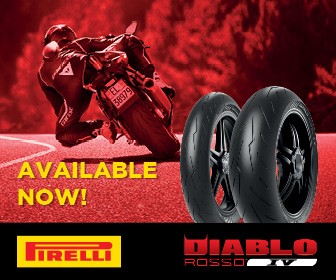Previous Story
BIKE LAUNCH
Posted On 05 Apr 2024
Comment: Off

BMW F 800 R AND R 1200R

HAVE THE LEOPARDS CHANGED THEIR SHORTS? LET’S HAVE A LOOK… WORDS STUART WOODBURY PHOTOS JEFF CROW
BMW’s F 800 R and R 1200 R have been around for ever, really. But this year sees them changing from the “traditional” look to a more modern and muscular appeal. Underneath, both bikes are still pretty similar to the outgoing models.






